Pranayama is a critical part of the core exercises in Yoga. To understand the power of Pranayama (breath work), we need to first understand Nadis and Chakras.
Ancient yogis believed that Pranayama kosha consists of 72,000 Nadis, which are not nerves but subtle energy channels through which Prana or life force flows.
In Chinese acupuncture system, Nadis are equivalent to Meridians. These Nadis run throughout the body and transport Pranic energy to various parts of the body. If Nadis are blocked, then we might have diseases and ill health.
Nadis are invisible conduits
If we dissect a human body, we will not be able to see Prana, Nadis and Chakras with naked eyes because they are invisible. Let me give you an example: We know that electric wires carry electricity, but electricity is invisible to our naked eyes.
However, when we turn on gadgets, lights or fan we know electricity is flowing freely through the wires. Similarly, if all of our organs are functioning well, our body and mind are healthy; it means Prana is flowing freely through the Nadis.
As Science and Yoga belong to the same level of understanding, we can say there is science behind every yogic activity. There is also scientific evidence to back Nadis and Chakras.
Late Japanese Doctor, Hiroshi Motoyama, who was a parapsychologist, developed an AMI machine (Apparatus for Meridian Identification). It measures condition of meridians and functioning of their corresponding internal organs like lungs, intestines, heart, stomach, liver, kidney, urinary bladder, gall bladder and effects of meditation and exercises through continuous monitoring of autonomic nervous system and energy (Chi or Ki). It could measure even very minute changes in the nervous system and could even tell if our Chi/ Ki/ Prana is excessive or deficient.
What are Chakras?
Chakras are also known as ‘Energy Hubs’ or ‘Wheels of Energy.’ Let us understand with an example: Suppose we keep a paper in sunlight for several hours, will it burn? No, because the energy is scattered.
However if we hold a magnifying glass, little above the paper for some time, it will ignite creating a hole, this happens as energy is concentrated. Similarly, in our body, energy is scattered all over, but there are certain centres where the energies are concentrated.
These centres are called Chakras. They keep absorbing cosmic energy all the time. From these chakras, energy is distributed throughout the body. There are seven main Chakras located along the spine in our subtle body, which we will explore in my next article.
After the AMI machine, Doctor Hiroshi Matomaya developed a Chakra machine, which showed if a particular chakra is active or inactive. His research team investigated many psychics, martial arts masters, yogis and students of yoga and meditation wherein they were not only able to detect chakras but also see if the chakras are awakened in a person on not.
If a particular chakra were active in a person, example Manipur Chakra (Solar plexus) then he would have highly energised spleen, liver, stomach meridians (nadis).
Three powerful Nadis or energy channels
Out of thousands of Nadis, there are three main Nadis or powerful energy channels which when purified, can help us grow physically, mentally and spiritually. They are Sushumna, Ida and Pingla.
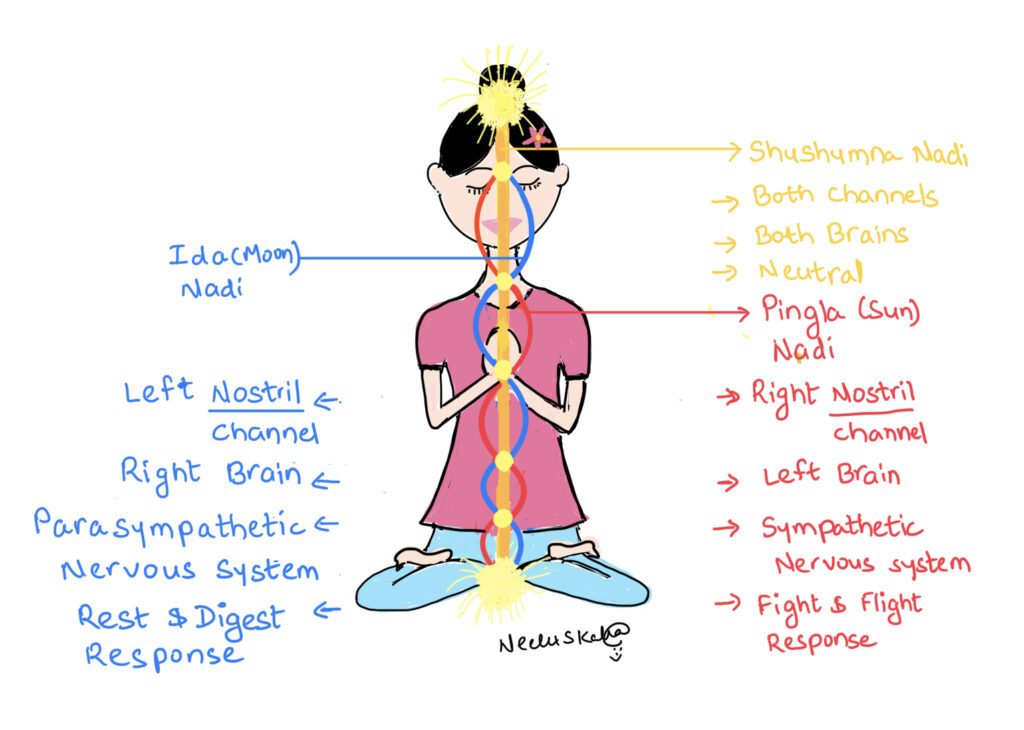
Sushumna- Our Spiritual channel
Sushumna runs along the spine in our subtle body and terminates at the roof of the crown chakra i.e. seventh chakra.
Sushumna is always calm and quiet. Awakening of Sushumna is the ultimate purpose of pranayama, so that the powerful feminine energy that lies dormant at the base of first chakra (root chakra), passes through it and finally reaches the last chakra at the crown of the head.
This dormant energy is ‘Kundalini Shakti’. It is represented in the form of a coiled snake, which is symbolic (not real) just like the petals of chakras, we see in various diagrams. Ancient yogis, rishis and sages aimed at awakening sushumna by practising yoga asanas, pranayama, bandhas, mudras, meditation and prayers for years.
Before awakening kundalini, one must first open up nadis, awaken chakras, and then prepare sushumna for the passage of kundalini energy. Yogis on spiritual path will try to awaken kundalini through kundalini meditation, which is part of kundalini yoga.
Although awakening of kundalini is not a simple job, but once awakened, it is believed that it moves up through Sushumna, piercing all the Chakras, balancing them and our energetic body to finally reach the Seventh Chakra. It is said that awakening of kundalini should be practised under supervision of an expert
Awakening of Kundalini is a massive evolution for the entire system, which includes our mind, body and spirit, which leads to “Siddhis”. Swami Sivananda has mentioned, “A Satguru (an enlightened spiritual master) is endowed with Siddhis (special psychic powers), possesses all the divine Aishvarya (Powers) of the Lord.
Ida Nadi- our Moon/ Lunar Channel – Our Mental Energy
Ida starts from the left side of sushumna, moves upwards spirally, like the double helix pattern of DNA and terminates at the roof of the left nostril. Ida is also called as moon or chandra nadi which has a cooling and calming effect on our body.
It carries feminine energy. Moon energy is responsible for controlling of our jnanendriyas (organs of outer knowledge or sensory inputs) referred as ears, nose, eyes, tongue and skin. It is our mental energy and represents introvert personality. A person, who follows the path of Bhakti (devotion) yoga, usually uses his left nostril i.e. Ida.
Pingla Nadi- Our Sun/ Solar Channel – Our Physical Energy
Pingla starts from the right side of sushumna, moves upwards spirally, like the double helix pattern of the DNA and terminates at the roof of right nostril.
Pingla also called as Sun or Surya Nadi has heating effect on our body and carries masculine energy. It is our vital physical energy, which represents the expressive or extrovert side of our personality.
It controls our Karmendriyas, which are the organs that interact with the material world i.e. our hands, feet, speech, excretory and reproductive organs. A person worshipping sun uses his right nostril i.e. Pingla
Ancient Vedics who followed the path of Jnana (knowledge) were all Sun worshippers. Staring at the Sun for longer period can make one blind i.e. literally blind. Similarly when we stare at the Sun of Jnana, we will become blind to the world i.e. to all the differentiation like name, fame and ego.
Understanding nasal dominance
If we mindfully observe our breath, we will realise that one nostril is dominant at a time. This means Prana flows freely through one nostril and then through the other. To figure it out, close your left nostril and breathe in and out through the right, couple of times, then close the right nostril and breathe in and out through the left couple of times.
You will notice that one nostril is open and the other is partially blocked. The rate and ease of inhalation and exhalation will decide which one is active/ dominant.
That means Prana is flowing freely through the open one. This is a normal phenomenon, which occurs with all of us. Each nostril switches its dominance usually in an hour depending upon age and health conditions. Ancient yogis and Rishis called it as Swara yoga, which is an ancient science of breathing.
In Medical terms, we call it as nasal cycle. If one nostril is continuously dominant, it indicates that there is an imbalance in the system, which may be due to some illness.
Though both ida and pingla have opposite functions, they try to balance one another. If one accelerate, the other slows down so that there is harmony. Where there is harmony, there is health.
Two hemispheres of brain and nasal cycle relation
Our brain has two hemispheres or halves and each half performs separate functions. The Left Hemisphere is responsible for our logical, rational and analytical thinking. It helps us decide what actions we need to take to meet our goals. The left half is in control of sympathetic nervous system (SNS), which prepares us to face emergencies by triggering fight-or- flight response.
For example, if a dog chases us, what will happen? Our heart rate will increase, we will have palpitations, blood pressure will shoot up, and blood sugar level will rise to meet the increased demand of the body. This is a vital response, which prepares our body to cope with any stressful situation.
The Right Hemisphere is our artistic, creative, intuitive and meditative space. It is controlled by our parasympathetic nervous system (PNS), which is the ‘rest- and -digest’ response. It acts in the opposite way to SNS by reversing the effect of fight and flight response.
It eases the stress effects by normalising increased heart rate, blood pressure and restores body to its normal state by conservation and restoration of energy. Thus balances body’s stress response by calming our mind.
SNS and PNS complement each other and thus helps in maintaining balance between extreme anxiety and calmness. This balance is referred as homeostasis. Inhalation stimulates our sympathetic activity (stress/ exercise) and exhalation stimulates our parasympathetic activity (rest, relax, digest).
So whenever someone is stressed, he/she is asked to take a slow, long, deep inhalation and slow, long deep exhalation (longer than the inhalation) which will stimulate our PNS and help in calming our mind.
For example: If you are going up hill, you need to accelerate your car (SNS) but while going down; you need to apply breaks, which is taken care by our PNS.
Two nadis are related to two halves of the brain.
Every hour when nasal cycle changes from ida to pingla, or pingla to ida then the activities of the brain also changes accordingly. Right side of the brain is activated when left nostril is flowing; left side is activated when right nostril is flowing.
When the flow is equal it means there is a balance between left and right hemispheres of brain, which indicates human brain is functioning in an optimal manner. Usually during the day our right nostril is dominant, which helps us do the activities of the day and as we wind up, our left nostril becomes active so that we can sleep peacefully.
In a nasal cycle of one hour, there is a short transition period of 3/4 minutes when the breath crosses over from one side to another. During this period, breath flows equally from both the nostrils and sushumna gets activated. This is the time when Yogis usually meditate.
To further balance the flow of breath in both nostrils during meditation, yogis used Yoga Danda (meditation stick) to manipulate the flow of breath. If right nostril is active, putting the rod firmly under right armpit will open up the opposite nostril that is the left one, thus balancing/ equalising the flow of breath in both nostril and inducing sushumna to flow and meditation to supervene.
These days people use smiley balls or folded hand towel in the armpit, instead of yoga danda, to open up closed nostril.
Practicing Nadi Shodhan Pranayama daily will help in clearing the blockages of Nadis. It removes all sorts of accumulated psychic and nervous stress. If not removed, will block the flow of Prana into the system, which might cause Pranic imbalances resulting in psychosomatic and stress related diseases, which we experience it in our fast-paced life.
Here’s a link to my related videos:
Stay Blessed! Keep Smiling !!!
Also click Pranayama to read Neelu Kalra’s article that explains the significance of this exercise.
Please do leave your comments at the bottom and do share with others if you like this article.










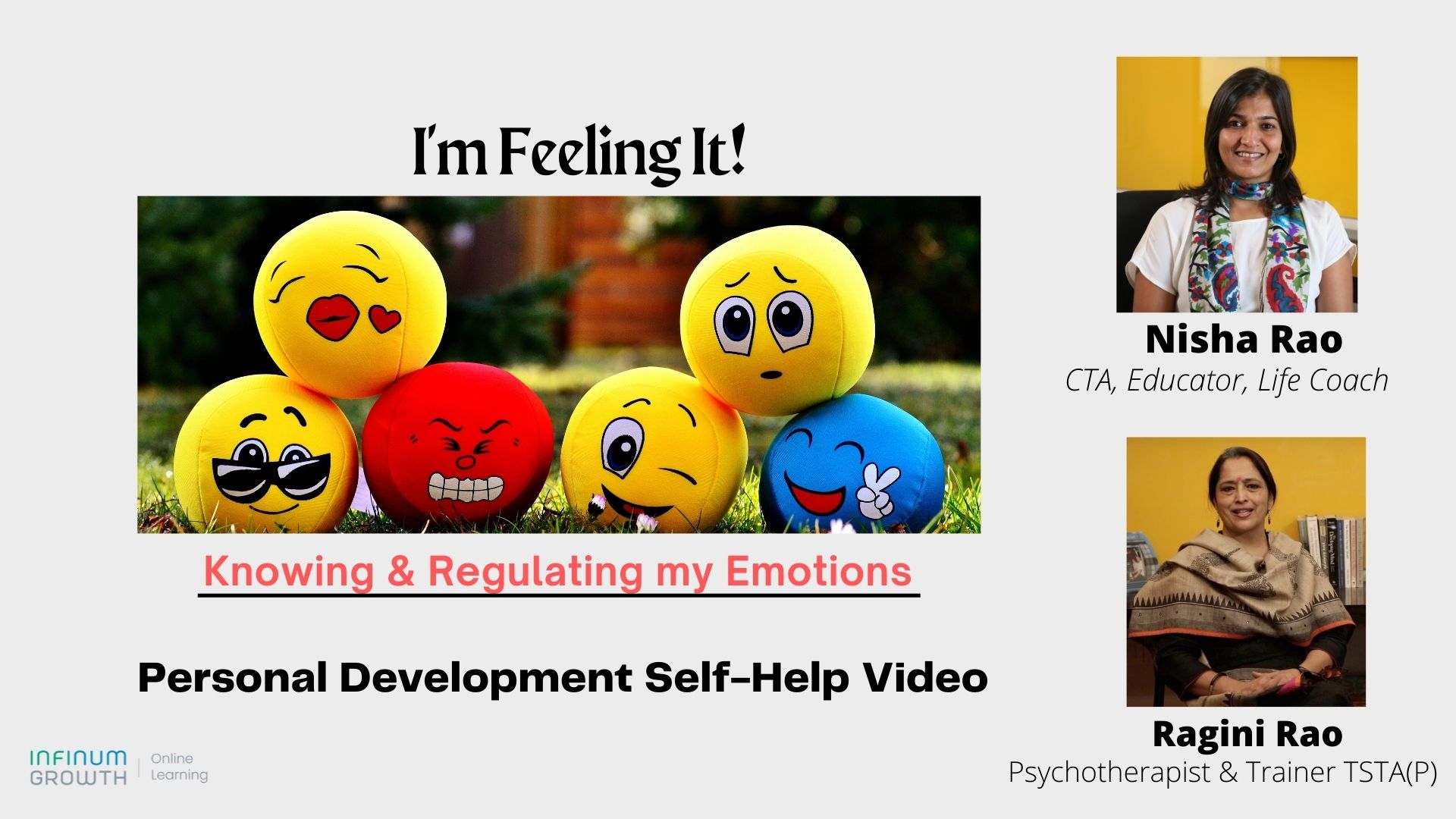


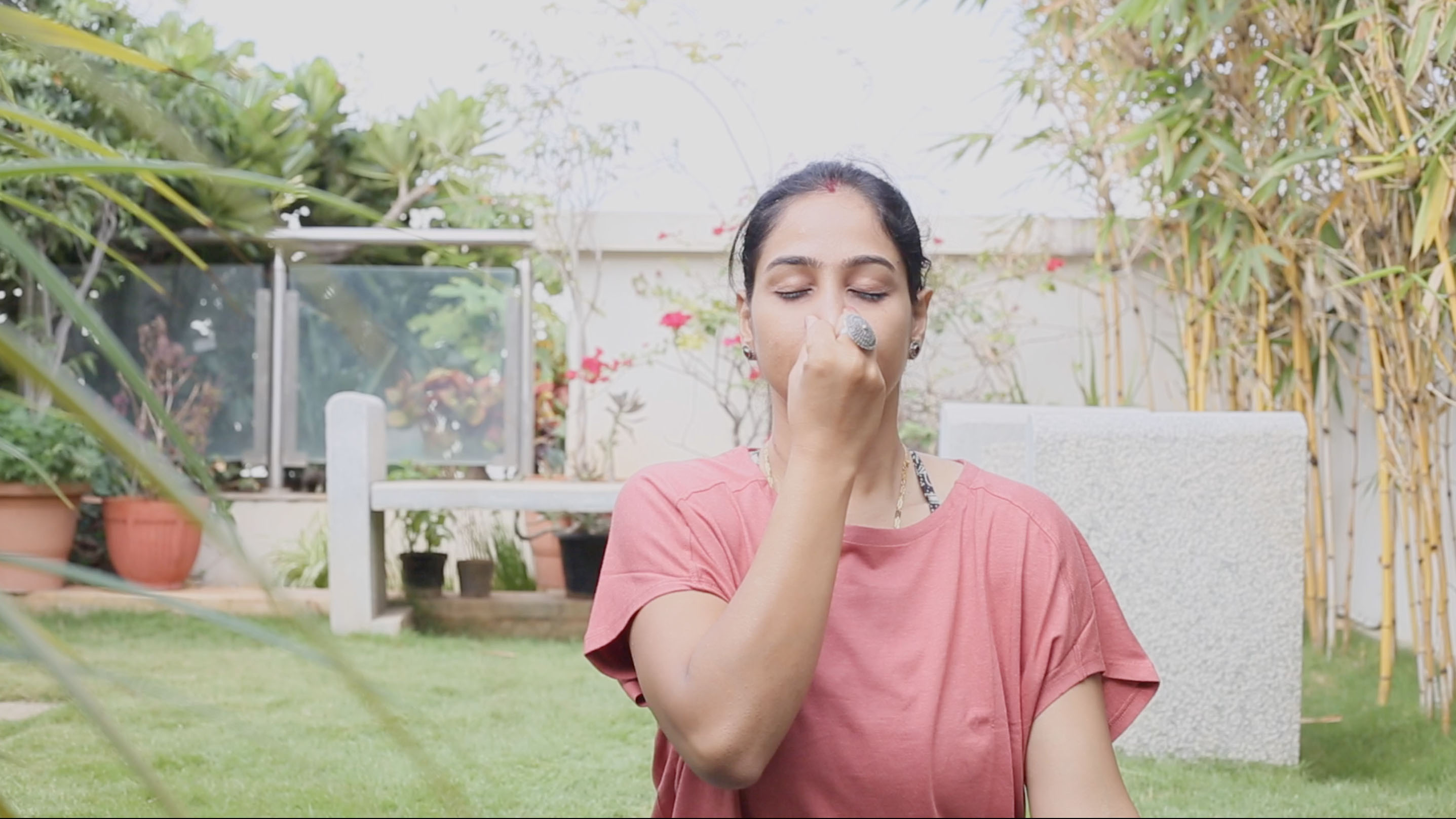
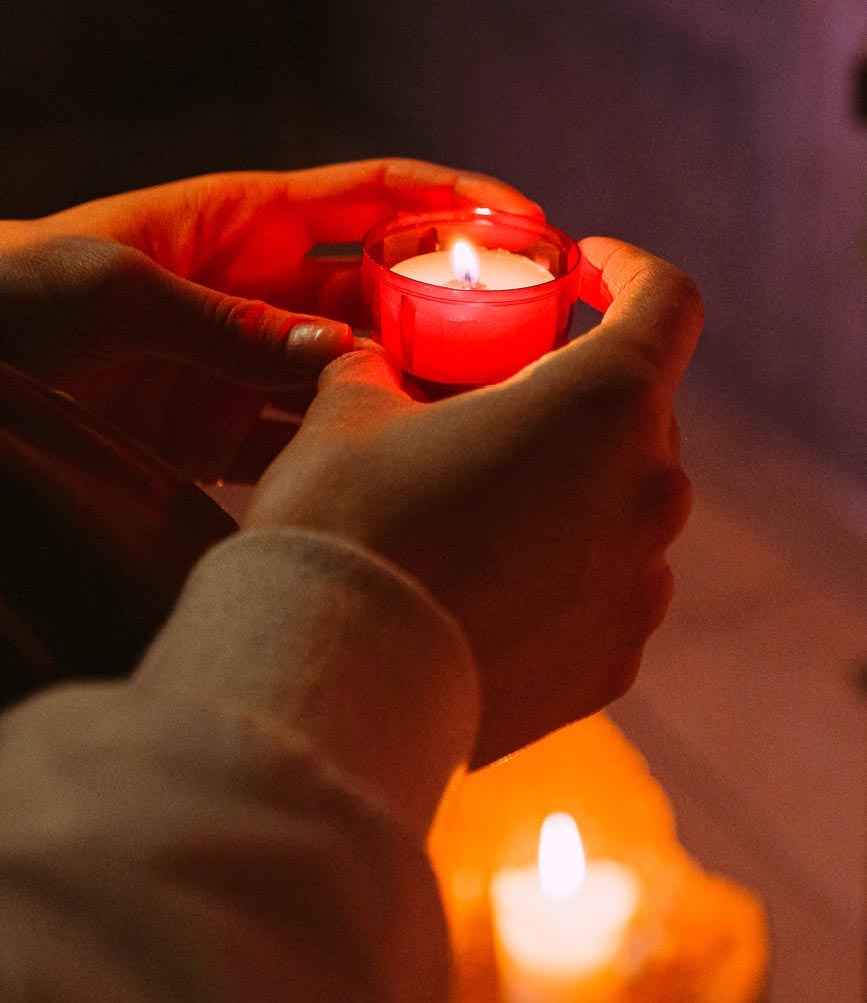
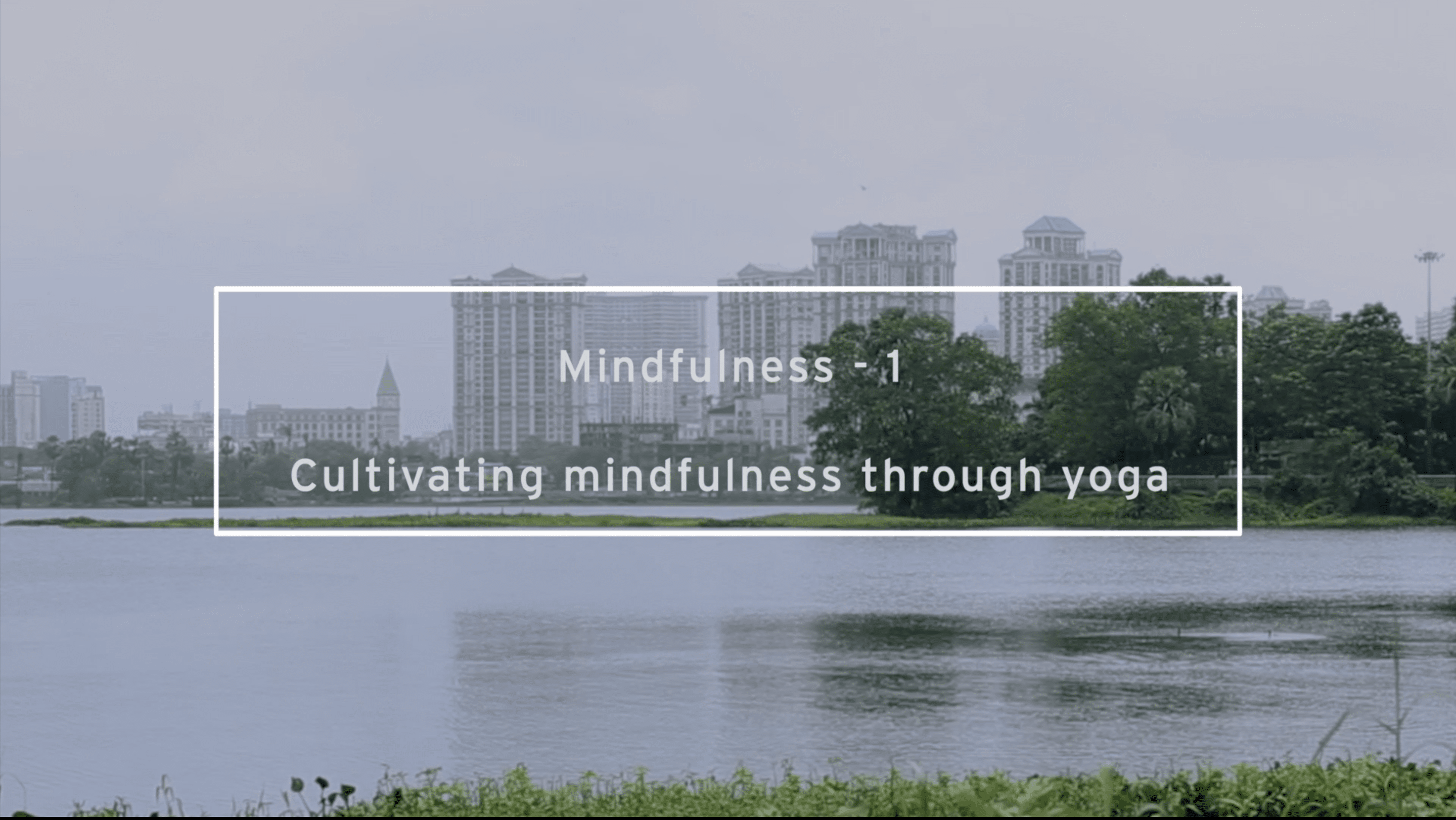



Well explained